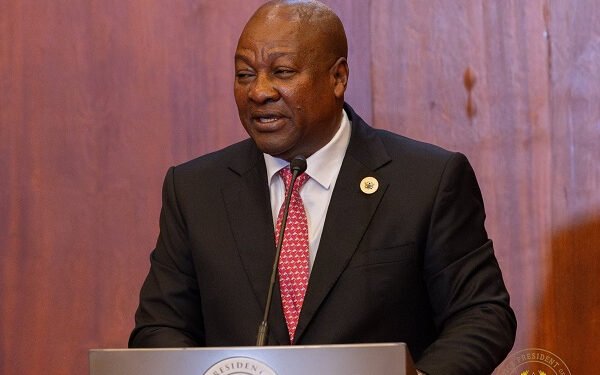The International Energy Agency (IEA ) Oil Market Report (OMR) has disclosed that crude oil refiners are struggling to meet the ever increasing growth in demand as the shift to new feedstocks, outages and high temperatures have forced many operators to run at reduced rates.
According to the report, tight gasoline and diesel markets have pushed margins to six-month highs, while naphtha remains under pressure, due to competition from cheap LPG and weak petrochemical activity outside of China. Meanwhile, high-sulphur fuel oil has tightened significantly as refiners replace lost OPEC+ crude with lighter and sweeter grades. High sulphur fuel oil in Rotterdam rose above North Sea Dated for the first time in 28 years.
As a result, crude and products inventories have drawn sharply. In July, observed oil stocks decreased for a third consecutive month, with OECD industry stocks more than 100 mb below the five-year average. Market balances are set to tighten further into the autumn as Saudi Arabia and Russia extend supply cuts at least through September.
IEA noted that an ample OPEC+ spare capacity cushion of 5.7 mb/d means there is significant scope for the alliance to raise output later in the year. Additional supplies of heavy sour crude would allow refiners to boost activity and help ease product market tensions. But it said if the bloc’s current targets are maintained, oil inventories could draw by 2.2 mb/d in 3Q23 and 1.2 mb/d in the fourth quarter, with a risk of driving prices still higher.
Refinery throughputs are set to reach a summer peak of 83.9 mb/d in August, up 2.4 mb/d since May and 2.6 mb/d higher than a year ago. The increase in refined product output has failed to ease product market tightness, pushing gasoline and middle distillate cracks to near record-highs. High sulphur fuel oil cracks provided further support to margins, which pushed above 2022 levels in July.
Global Oil Prices Move Steadily Higher
Global oil prices moved steadily higher during July and into early August, reflecting a market tightening long projected by this Report. Deepening OPEC+ supply cuts have collided with improved macroeconomic sentiment and all-time high world oil demand.
North Sea Dated rose by $10/bbl over the month to around $85/bbl, its highest since April. With output cuts hitting the heavy sour crude market hard, Dubai crude is trading at a rare premium to Brent, while the price of Urals crude has breached the G7-led price cap now making all Russian oil exports ineligible for G7 and EU maritime services.
It can be recalled that in earlier report, the IEA indicated that global oil supply plunged by 910 kb/d to 100.9 mb/d in July. A sharp reduction in Saudi production in July saw output from the OPEC+ bloc fall 1.2 mb/d to 50.7 mb/d, while non-OPEC+ volumes rose 310 kb/d to 50.2 mb/d.
Global oil output is projected to expand by 1.5 mb/d to a record 101.5 mb/d in 2023, with the US driving non-OPEC+ gains of 1.9 mb/d. Next year, non-OPEC+ supply is also set to dominate world supply growth, up 1.3 mb/d while OPEC+ could add just 160 kb/d.
READ ALSO: Zeepay Hits GH¢96.4 million Revenue As Total Processed Transactions Surge to US$2.9 billion























